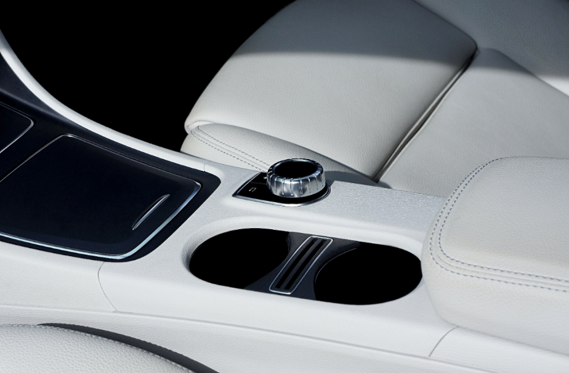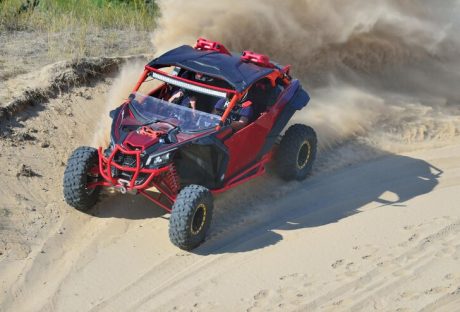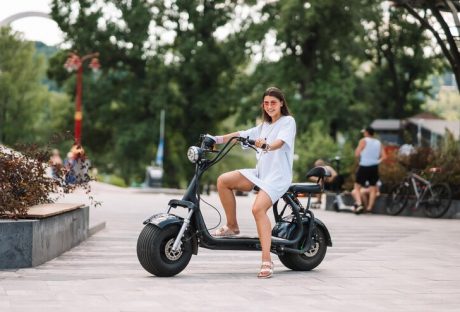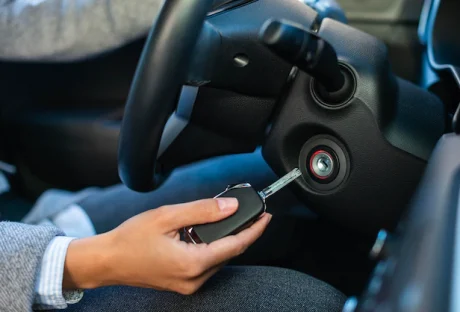Once you’ve decided to make a change, be that taking a long trip, moving across several states, or opening up car sales to places far away rather than just local, it can be difficult to plan things out. Naturally, something like car shipping is a way to make things go by much more smoothly. That said, there’s still a lot of planning involved.
Today, we’d like to cover what some of that planning might look like. While it will change depending on your specific circumstances, of course, this article can serve as a guide for you. From finding car shipping companies in Massachusetts to picking out which type of container will work for your vehicle, we’ve got you covered.
One: Know Your Vehicle
At first, it might seem strange that the first step here is to “know your vehicle,” but let us explain. The thing is, when you’re exploring the various shipping company options, they’ll ask for these types of details when giving an estimate on shipping costs. That could be the make, model, year, and weight of the car, as just a few examples. Have this in mind as you begin the process!
Two: Find A Shipper
The next step is similarly simple. You’ll want to start looking online for companies nearby in Massachusetts that offer these services! The question, though, is what signs you’ll want to keep an eye out for in terms of finding the “best” one.
Positive reviews are practically a given these days, but we felt it worth mentioning. A lot of the time they’ll show up on Google or whatever search engine you’re using, but you can also ask friends and family members if they have any recommendations. Word of mouth is a big deal for a reason!
The other thing to watch for is how much they charge! You can get a gauge of this by getting a shipping estimate. Most shippers have tools on their websites that allow you to do this, if you don’t feel like doing a bunch of math yourself.
Three: Gather Your Paperwork
Once again, we’ve got another easy step here. As resources like this one demonstrate, most shippers will ask for certain documentation a few times throughout the process. Have your photo ID on hand (whether that’s a passport, a driver’s license, or something else). Additionally, it doesn’t hurt to have the insurance details on hand as well.
If you’re shipping to a customer who bought a vehicle, providing some information on them might be a good idea as well. That would likely just be a copy of their photo ID, just so the driver knows who should be receiving the vehicle once transit has completed.
Four: Clean Your Car
This is the part that is the most “difficult,” if only because it does involve a bit of work. Thankfully, an automated car wash should be more than enough for the exterior of the vehicle if you aren’t feeling up to doing it yourself. The interior might be a bit trickier, though.
There are plenty of guides on how to efficiently clean out that part of a car, like the one here: https://housewifehowtos.com/clean/cleaning-routine-clean-your-cars-interior/. Just keep in mind that if you’re going to be transporting it, then you’ll want to make sure that you remove all of your personal belongings from the inside.
Even if you aren’t selling it, this is still an important step. That’s because there’s a chance that your items could end up lost, for one thing. Additionally, every little thing that adds weight to the car could end up costing you more, so it’s just better to clear everything out rather than stress about it.
Five: Be Ready On Pickup Day
The last thing you’ll want to do is this: be prepared to meet the driver who gets sent to collect the automobile. Most shipping companies provide door-to-door services, so someone will arrive to pick up the vehicle. You’ll need to do your best to have everything ready by that date.
This means following the other steps above: most notably, having all the paperwork ready and having the car clean. Some other things you could do are take pictures to document the current state of the vehicle or do a last-minute sweep for anything that may have been left behind.
Really, though, nothing involved in this process is overly difficult or taxing. In fact, it can make the prospect of moving or of selling a car long-distance much less daunting. Seeing as it saves you from planning out a road trip, that’s another reason why so many folks have begun using car shipping.
If you aren’t sure just yet, that’s totally fine. Talk to shippers, get more information, and inquire about options available. Closed containers versus open ones are a big debate, so that’s something to keep an eye out for!
Read Also:





















